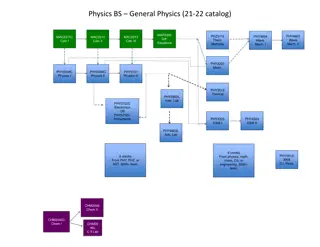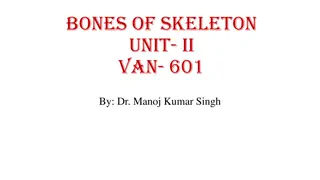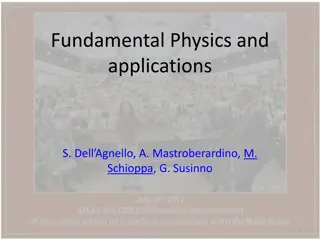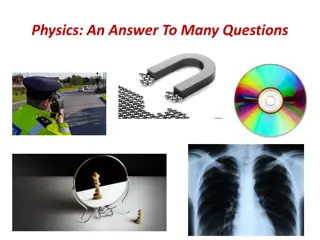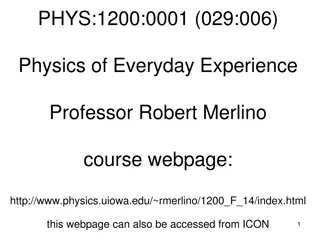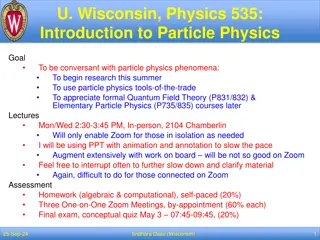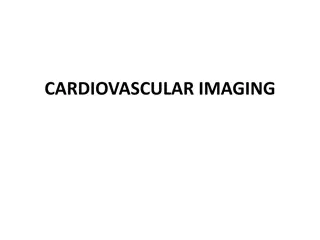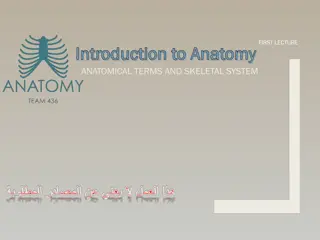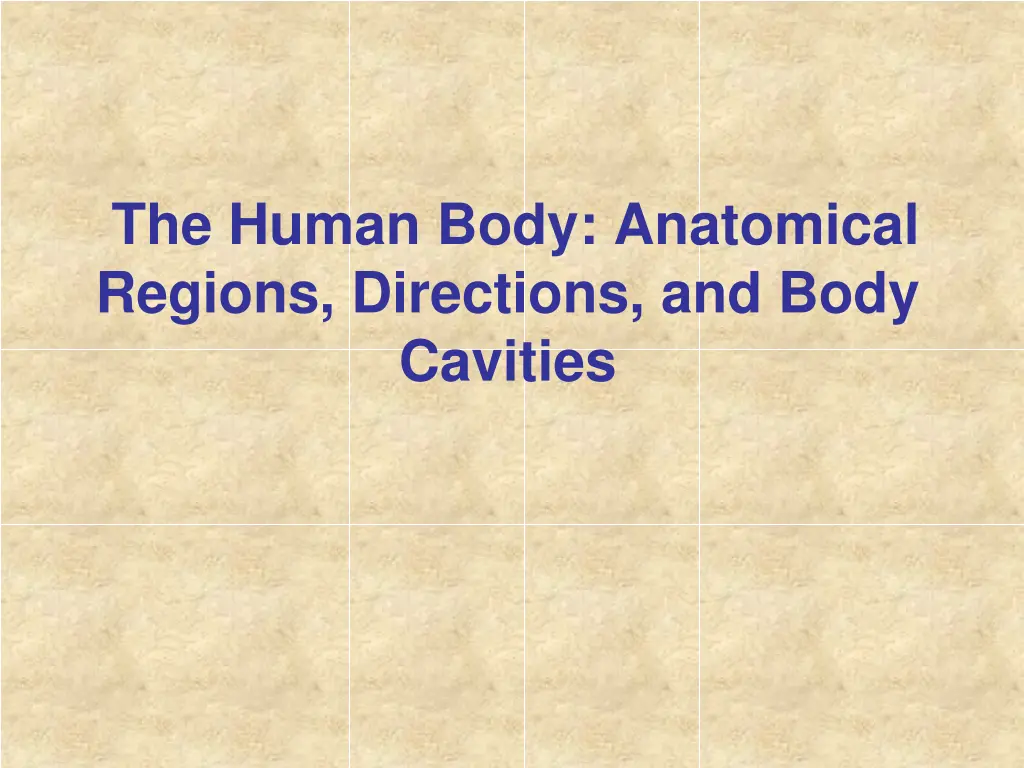
Understanding Human Anatomy and Physiology
Explore the fascinating world of human anatomy and physiology, covering topics such as anatomical regions, gross and microscopic anatomy, and physiological functions of organ systems. Gain insights into the levels of structural organization in the human body and the principle of complementarity between structure and function.
Download Presentation

Please find below an Image/Link to download the presentation.
The content on the website is provided AS IS for your information and personal use only. It may not be sold, licensed, or shared on other websites without obtaining consent from the author. If you encounter any issues during the download, it is possible that the publisher has removed the file from their server.
You are allowed to download the files provided on this website for personal or commercial use, subject to the condition that they are used lawfully. All files are the property of their respective owners.
The content on the website is provided AS IS for your information and personal use only. It may not be sold, licensed, or shared on other websites without obtaining consent from the author.
E N D
Presentation Transcript
The Human Body: Anatomical Regions, Directions, and Body Cavities
Overview of Anatomy and Physiology Anatomy the study of the structure of body parts and their relationships to one another Gross or macroscopic Microscopic Developmental Physiology the study of the function of the body s structural machinery
Gross Anatomy Regional all structures in one part of the body (such as the abdomen or leg) Systemic gross anatomy of the body studied by system
Microscopic Anatomy Cytology study of the cell Histology study of tissues
Physiology Considers the operation of specific organ systems Renal kidney function Neurophysiology workings of the nervous system Cardiovascular operation of the heart and blood vessels Focuses on the functions of the body, often at the cellular or molecular level
Physiology Understanding physiology also requires a knowledge of physics, which explains electrical currents, blood pressure, and the way muscle uses bone for movement
Principle of Complementarity Function always reflects structure What a structure can do depends on its specific structure!!
Levels of Structural Organization Smooth muscle cell Molecules Cellular level Cells are made up of molecules 2 Atoms Chemical level Atoms combine to form molecules 1 Smooth muscle tissue Heart 3 Tissue level Tissues consist of similar types of cells Cardiovascular system Blood vessels Epithelial tissue Smooth muscle tissue Blood vessel (organ) 6 Organismal level The human organism is made up of many organ systems Connective tissue Organ level Organs are made up of different types of tissues 4 5 Organ system level Organ systems consist of different organs that work together closely Figure 1.1
Levels of Structural Organization Chemical atoms combined to form molecules Cellular cells are made of molecules Tissue consists of similar types of cells Organ made up of different types of tissues Organ system consists of different organs that work closely together Organismal made up of the organ systems
Anatomical Position Body erect Feet slightly apart Palms facing forward Thumbs point away from body Figure 1.7a
Directional Terms Superior and inferior toward and away from the head, respectively Anterior and posterior toward the front and back of the body Medial, lateral, and intermediate toward the midline, away from the midline, and between a more medial and lateral structure
Directional Terms Proximal and distal closer to and farther from the origin of the body Superficial and deep toward and away from the body surface
Directional Terms Table 1.1
Directional Terms Table 1.1
Body Planes Sagittal divides the body into right and left parts Midsagittal or medial sagittal plane that lies on the midline Frontal or coronal divides the body into anterior and posterior parts Transverse or horizontal (cross section) divides the body into superior and inferior parts Oblique section cuts made diagonally
Body Planes Figure 1.8
Anatomical Variability Humans vary slightly in both external and internal anatomy Over 90% of all anatomical structures match textbook descriptions, but: Nerves or blood vessels may be somewhat out of place Small muscles may be missing Extreme anatomical variations are seldom seen
Body Cavities Figure 1.9a
Body Cavities Dorsal cavity protects the nervous system, and is divided into two subdivisions Cranial cavity is within the skull and encases the brain Vertebral cavity runs within the vertebral column and encases the spinal cord Ventral cavity houses the internal organs (viscera), and is divided into two subdivisions: - Thoracic and Abdominopelvic cavities
Body Cavities Figure 1.9b
Body Cavities Thoracic cavity is subdivided into pleural cavities, the mediastinum, and the pericardial cavity Pleural cavities each houses a lung Mediastinum contains the pericardial cavity, and surrounds the remaining thoracic organs Pericardial cavity encloses the heart
Body Cavities The abdominopelvic cavity is separated from the superior thoracic cavity by the dome-shaped diaphragm It is composed of two subdivisions Abdominal cavity contains the stomach, intestines, spleen, liver, and other organs Pelvic cavity lies within the pelvis and contains the bladder, reproductive organs, and rectum
Other Body Cavities Oral and digestive mouth and cavities of the digestive organs Nasal located within and posterior to the nose Orbital house the eyes Middle ear contain bones (ossicles) that transmit sound vibrations Synovial joint cavities
Abdominopelvic Regions Umbilical Epigastric Hypogastric Right and left iliac or inguinal Right and left lumbar Right and left hypochondriac Figure 1.11a
Organs of the Abdominopelvic Regions Figure 1.11b
Abdominopelvic Quadrants Right upper (RUQ) Left upper (LUQ) Right lower (RLQ) Left lower (LLQ) Figure 1.12




